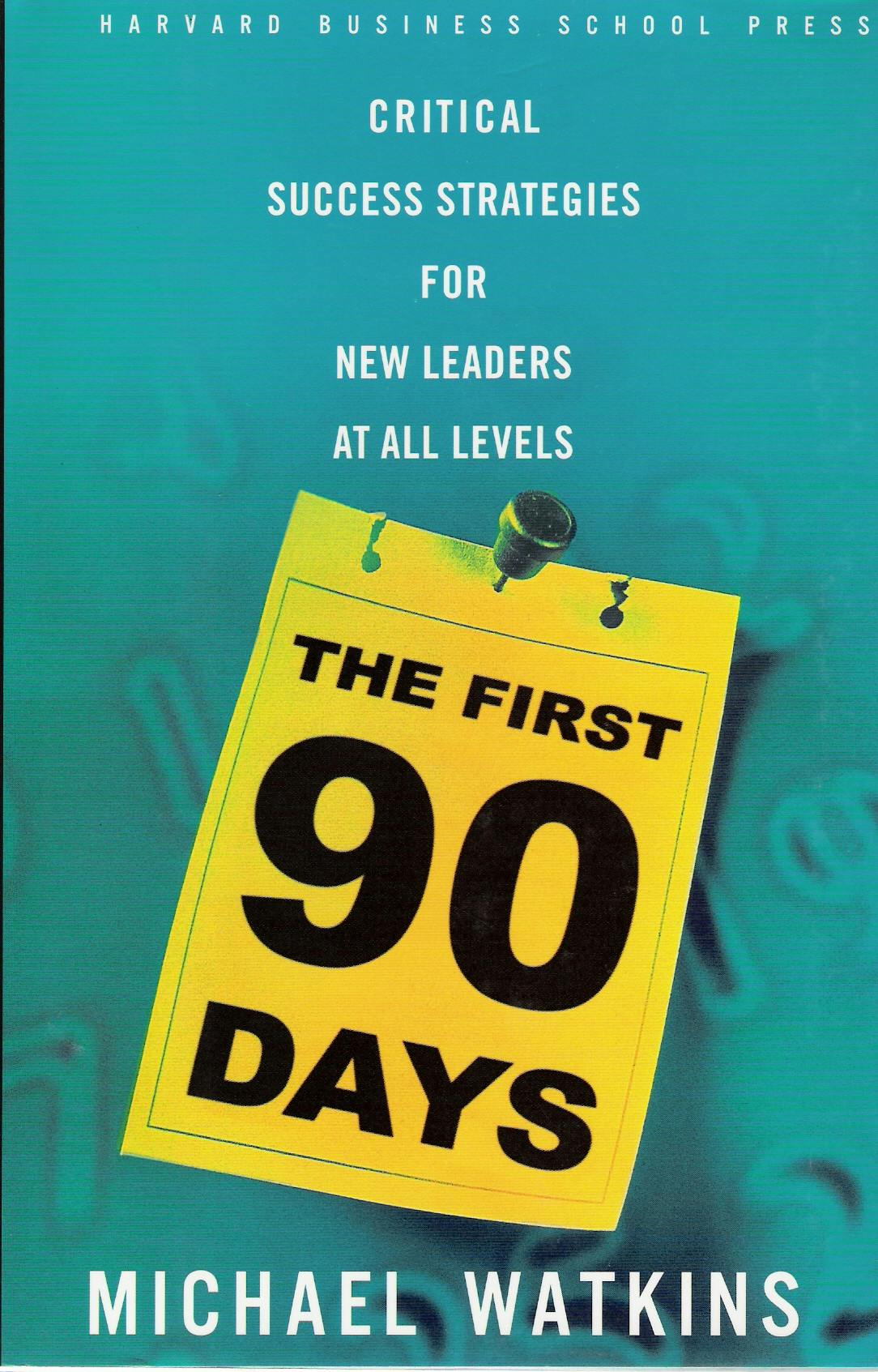I love reading books and sometimes, I like to re-read books that I read a while ago.
So when I saw The First 90 Days by Michael Watkins on my library shelf, I grabbed it. I first read this book about six years ago when I started off in management. Much of it wasn’t applicable to a low level manager position, but the parts I could apply were very helpful in establishing myself as a manager.
So when I was re-reading it, a couple of thoughts came to my mind:
- All of it is as relevant now as it was when it was first written;
- People still don’t know how to move into a new management position;
- How can we, in good conscience, continue to operate sink or swim management onboarding?
Let’s tackle that last one.
Break-even point

Now, we can debate whether that time frame in the book title is realistic or not. I think for the average management position, it is. But how many of you have used the first 90 days (or 60 days or 180 days) for your benchmark instead of the break-even point?
That seems to be mistake Number 1. If you aren’t using the right yardstick in evaluating your investment and time into transitioning employees, you won’t know the true cost of success or failure until it is too late to do anything about it.
Accelerating learning
Another area that is sorely lacking is the support for accelerated learning. If you have an understanding of where the break-even point is, you know the importance of getting there more quickly and efficiently. That’s what accelerated learning helps you do.
Unfortunately, it is one of those things that we let new managers try to figure out on their own. Trying to navigate a world of complex relationships, cultural norms, and internal bureaucracy is tough. While Watkins gives a framework to help new new managers get up to speed, wouldn’t it be great if HR could also provide resources and formal learning about the inner workings of the organization, as well as sharing other institutional knowledge?
Most of the time these things are impossible to find. Providing resources is one way to do it.
Creating coalitions
Another key point in the book is about creating coalitions of people within the organizations. These coalitions are built across organizational departments and are another way things get communicated and completed.
Some simple, formal pairings of new managers with other managers in different departments would help develop those relationships — perhaps a planned lunch or sitting in on each other’s meetings and discussing what is going on in their departments.
Sure, these things will happen informally and organically, and you hope that it continues after the formal meetings end. But helping to formalize those key relationships can help shorten up your break-even point and lead to a much higher rate of success than sink or swim methods.
